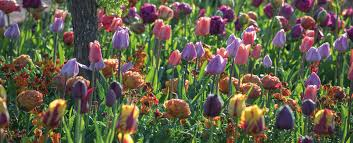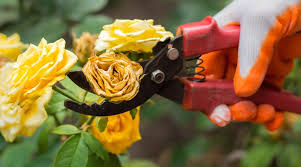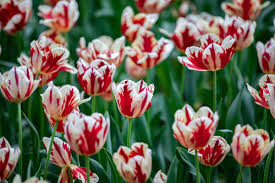Rembrandt tulips are indeed a fascinating variety! They’re known for their striking, flame-like markings and their rich history, going back to the famous “tulipmania” of the 1600s. Here’s a concise guide on how to grow and care for these stunning flowers:
1. Planting Rembrandt Tulips:
- Soil: They prefer rich, well-draining, loamy soil with a slightly acidic pH of 6.0-6.5.
- Light: Full to part sun.
- Planting Depth: Plant bulbs about 6 inches apart, and ensure they’re covered with 3 inches of soil.
- Watering: Tulips like moist soil during fall, winter, and spring, but avoid overwatering in summer. Let the soil dry out before watering in hotter months.
- Wintering: For warmer zones (like Zone 8 and above), dig up bulbs in fall and chill them for about 8 weeks before replanting.

2. Choosing Cultivars:
- Popular Cultivars:
- Carnaval de Rio: Red flames on a white base.
- Grand Perfection: Creamy yellow with red flames that mature to maroon stripes.
- Helmar: Bold, vibrant red and yellow flames.
- Mickey Mouse: Early blooming with red and yellow stripes.
- Stick with modern, improved varieties to avoid the issues related to the mosaic virus that affected the original Rembrandts.
3. Maintenance:
- Deadheading: Cut the flower stem after it fades, but allow the leaves to yellow naturally before removing them.
- Fertilization: In the summer, when the blossoms fade, apply a 10-10-10 NPK fertilizer to encourage strong growth.
- Storing Bulbs: If you want to replant them each year, dig them up after the leaves die back and store them in a cool, dark place until replanting in the fall.

4. Dealing with Pests:
- Herbivores: Deer, rabbits, and voles are common pests that enjoy nibbling on tulips. Use barriers like chicken wire or raised beds, and consider traps or repellents.
- Insects/Diseases: Like other tulips, Rembrandts are susceptible to aphids and fungal diseases. Regular inspection is recommended.
5. Uses:
- Rembrandt tulips shine in mass plantings, borders, or containers. Combine different colors for a dramatic display, or plant them with early bloomers like crocuses to extend the visual appeal.
By following these steps, you can enjoy the beauty and history of Rembrandt tulips with relatively little effort. Their bold patterns make them perfect for adding an artistic touch to your garden!
